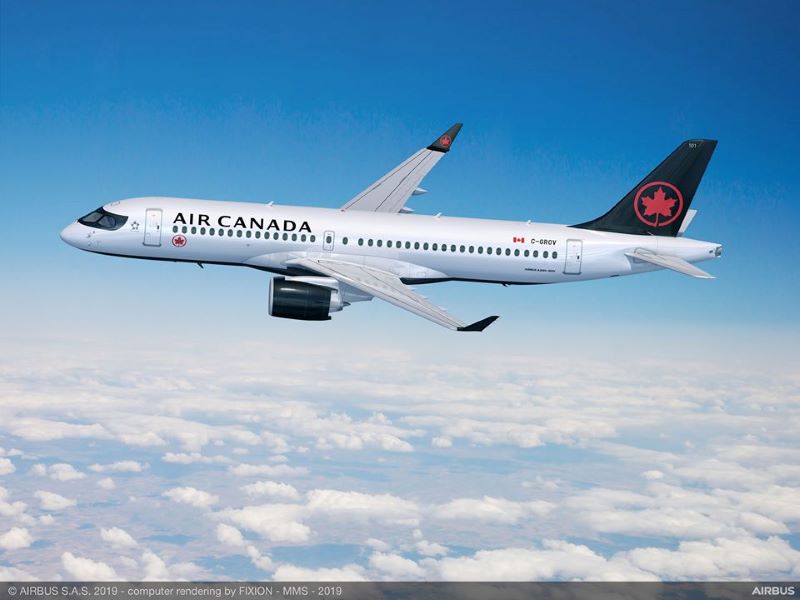
(TAN): Air Canada’s revenue plunged 89% to USD 527 million in the second quarter this year from USD 4.738 billion in the corresponding period in 2019, the airline said. Cargo revenue, however, was up 52% to USD 269 million.
Air Canada has reported an operating loss of USD 1.555 billion in the second quarter of 2020 compared to operating income of USD 422 million in the second quarter of 2019.
Air Canada also reported unrestricted liquidity of USD 9.120 billion on June 30, 2020, compared to unrestricted liquidity of USD 7.380 billion on December 31, 2019. The airline reported second quarter 2020 negative EBITDA (excluding special items) or (earnings before interest, taxes, depreciation and amortization) of USD 832 million compared to second quarter 2019 EBITDA of USD 916 million.
[ALSO READ: Why We Want To Book Ourselves A Room At This New Four Seasons Villa In Seychelles]
“As with many other major airlines worldwide, Air Canada’s second quarter results confirm the devastating and unprecedented effects of the COVID-19 pandemic and government-imposed travel and border restrictions and quarantine requirements. Canada’s federal and inter-provincial restrictions have been among the most severe in the world, effectively shutting down most commercial aviation in our country, which, together with otherwise fragile demand, resulted in Air Canada carrying less than four per cent of the passengers carried during last year’s second quarter,” said Calin Rovinescu, President and Chief Executive Officer of Air Canada.
Air Canada reduced second quarter 2020 capacity by 92 per cent compared to the second quarter of 2019 and plans to reduce its third quarter 2020 capacity by approximately 80 per cent compared to the third quarter of 2019. This compares to a prior estimated reduction of 75 per cent, the larger reduction resulting from the continued extension of blanket travel restrictions in Canada.
[ALSO READ: Ibiza Hardly Has Tourists And This Might Be The Best Time To Go]
“Since mid-March, we have raised USD 5.5 billion in new equity, debt and aircraft financings in the capital markets, providing us with over USD 9 billion in liquidity as of June 30 to help weather the COVID-19 crisis,” Rovinescu said.
Air Canada had earlier announced a workforce reduction of approximately 20,000 employees, representing more than 50 per cent of its workforce. This was achieved through layoffs, terminations of employment, voluntary separations, early retirements, and special leaves.




